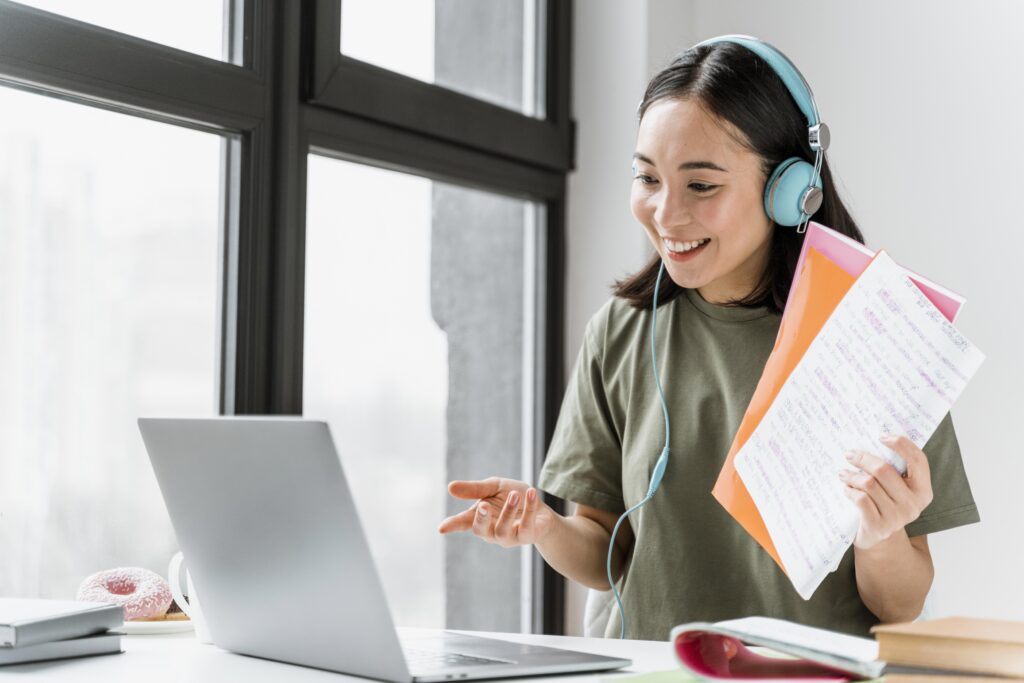
Podcasting is often celebrated as an open medium, but many shows still fall short of being truly accessible. While transcripts are an important starting point, they are only one piece of a broader effort to make podcasts more usable and inclusive for everyone. Whether your audience includes listeners who are deaf, hard of hearing, neurodivergent, or non-native speakers, small accessibility improvements can go a long way toward expanding your reach and deepening engagement.
Start with More Than Just a Transcript
Transcripts are essential, but not all transcripts are created equal. Simply generating auto-text from an app may technically meet basic accessibility standards, but quality matters. Clean formatting, speaker labels, timestamps, and edited grammar improve readability and comprehension. Consider enhancing your transcripts with headings, links, or summaries to give more context and navigation support for readers. If your show includes complex concepts, multiple voices, or non-verbal sounds, including brief notes on tone or sound effects can also provide helpful cues for those reading instead of listening.
Add Captions for Video Podcasts and Social Clips
If you’re sharing video episodes or short clips on platforms like YouTube, TikTok, or Instagram, captions are non-negotiable. Captions help people understand your content in noisy environments, and more importantly, they make your show accessible to those who cannot hear. Use burned-in (open) captions to ensure readability across platforms, and double-check accuracy, especially with names, jargon, or industry terms. Many tools now allow for easy caption generation, but it’s worth taking the time to review and edit them. Captions that are rushed or incorrect can create confusion and frustrate viewers.
Make Your Content Understandable for a Wider Range of Listeners
Plain-language summaries are a helpful addition for listeners who may process information differently, including neurodivergent users or those with limited English proficiency. These summaries break down complex ideas into simpler language and can be added to your show notes, website, or even read aloud at the beginning or end of an episode.
For fictional or immersive shows, audio descriptions can be used to briefly explain key visual or spatial elements. While not every show requires this level of detail, being thoughtful about how your audience understands the full context is a step toward more inclusive storytelling.
Choose Platforms That Support Accessibility Features
Not all podcast platforms support the same accessibility tools. When promoting your show, prioritize platforms that offer easy access to transcripts, adjustable playback speeds, captioned video (if relevant), and user-friendly interfaces for screen readers. Also consider your own website. Is it navigable with keyboard-only controls? Are the fonts legible and contrast levels sufficient? Small changes in layout and design can greatly improve the experience for listeners with visual or cognitive challenges.
Final Thoughts
Accessibility in podcasting is not just about compliance, it’s about respect. Taking the time to improve your show’s usability helps you reach more people and makes your content better for everyone. When creators think beyond transcripts and approach accessibility as part of the core experience, they unlock new ways to connect with audiences who are often overlooked.
Looking to take your podcast to the next level? Book a session at Modern Stoa Podcast Studio. Go to modernstoa.co/studio.

